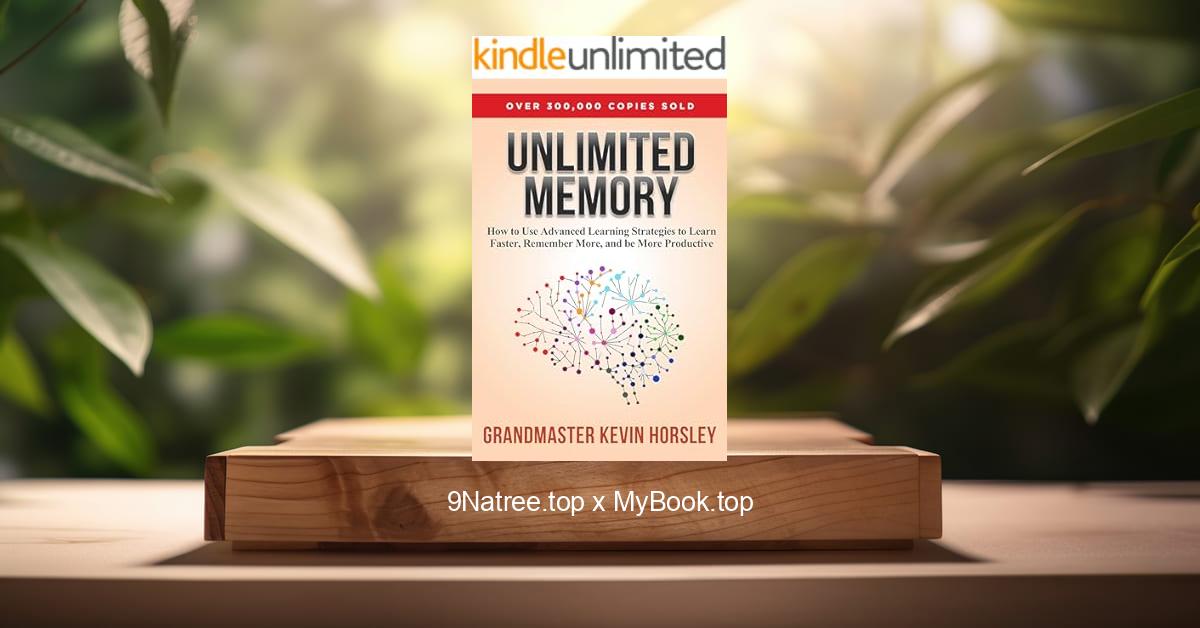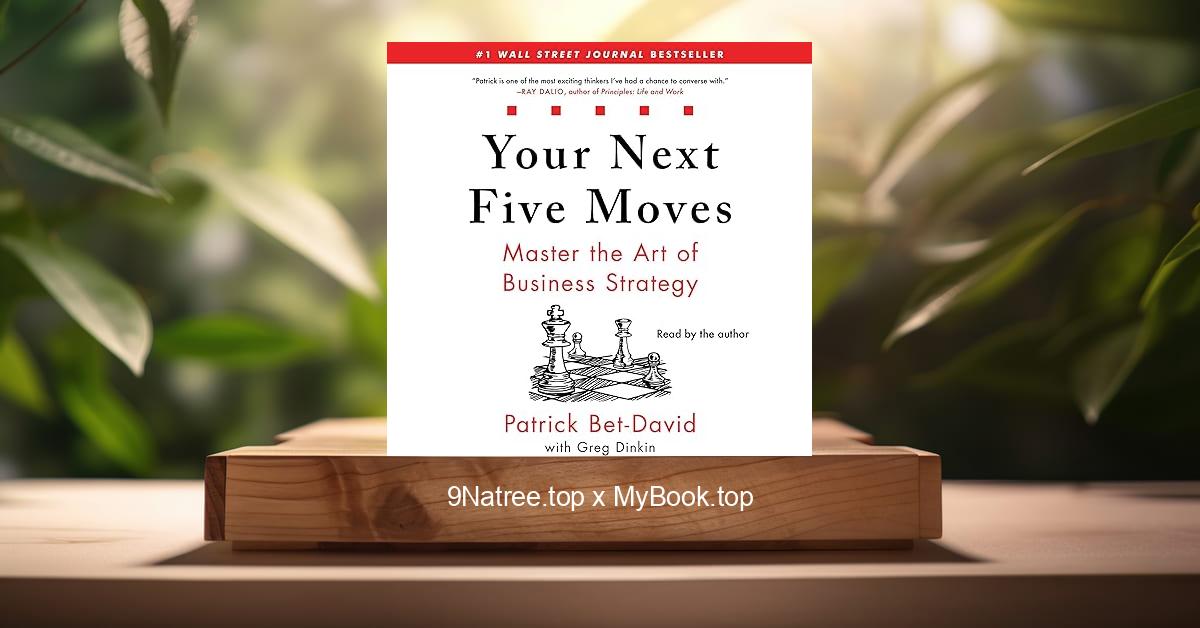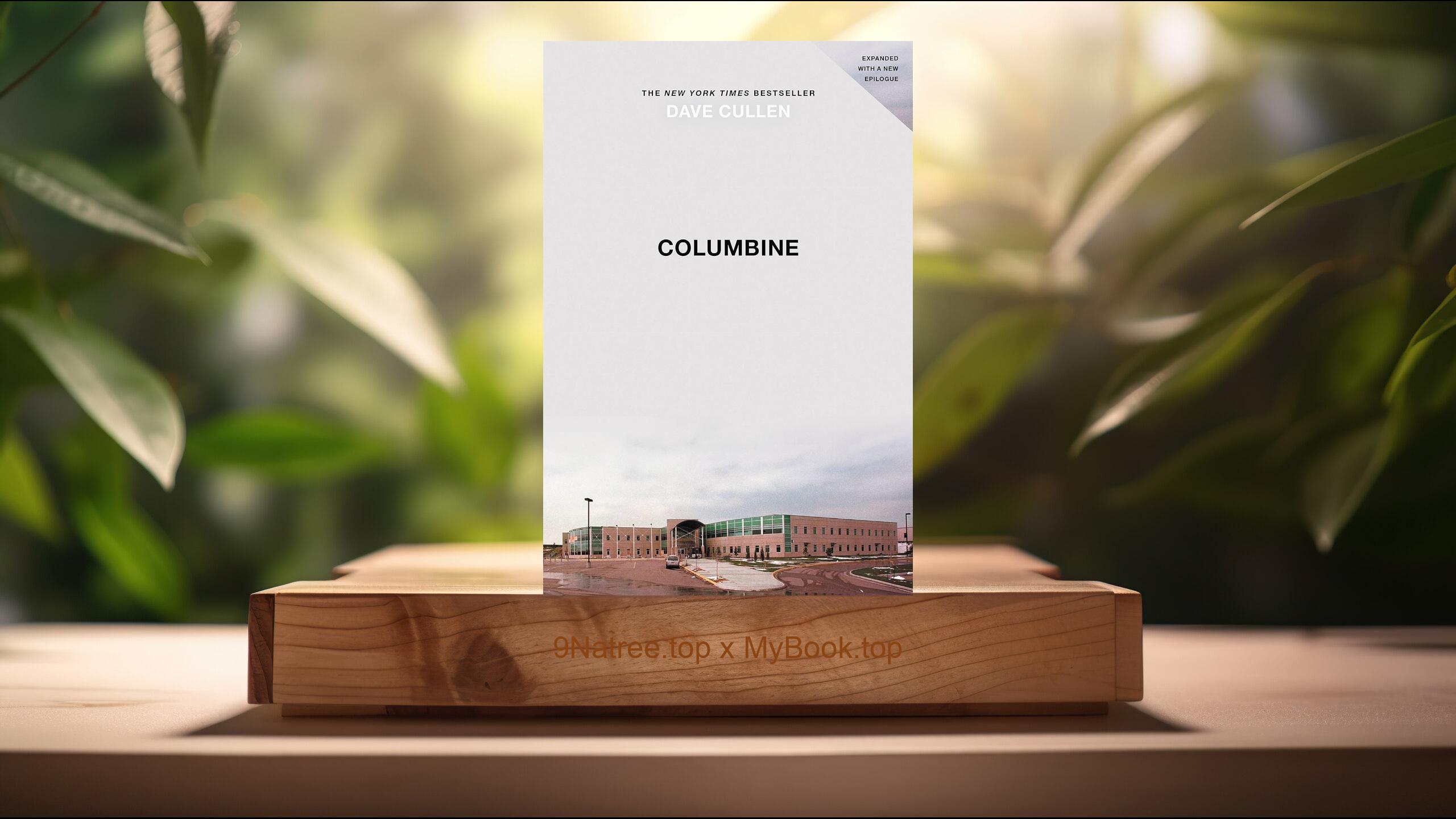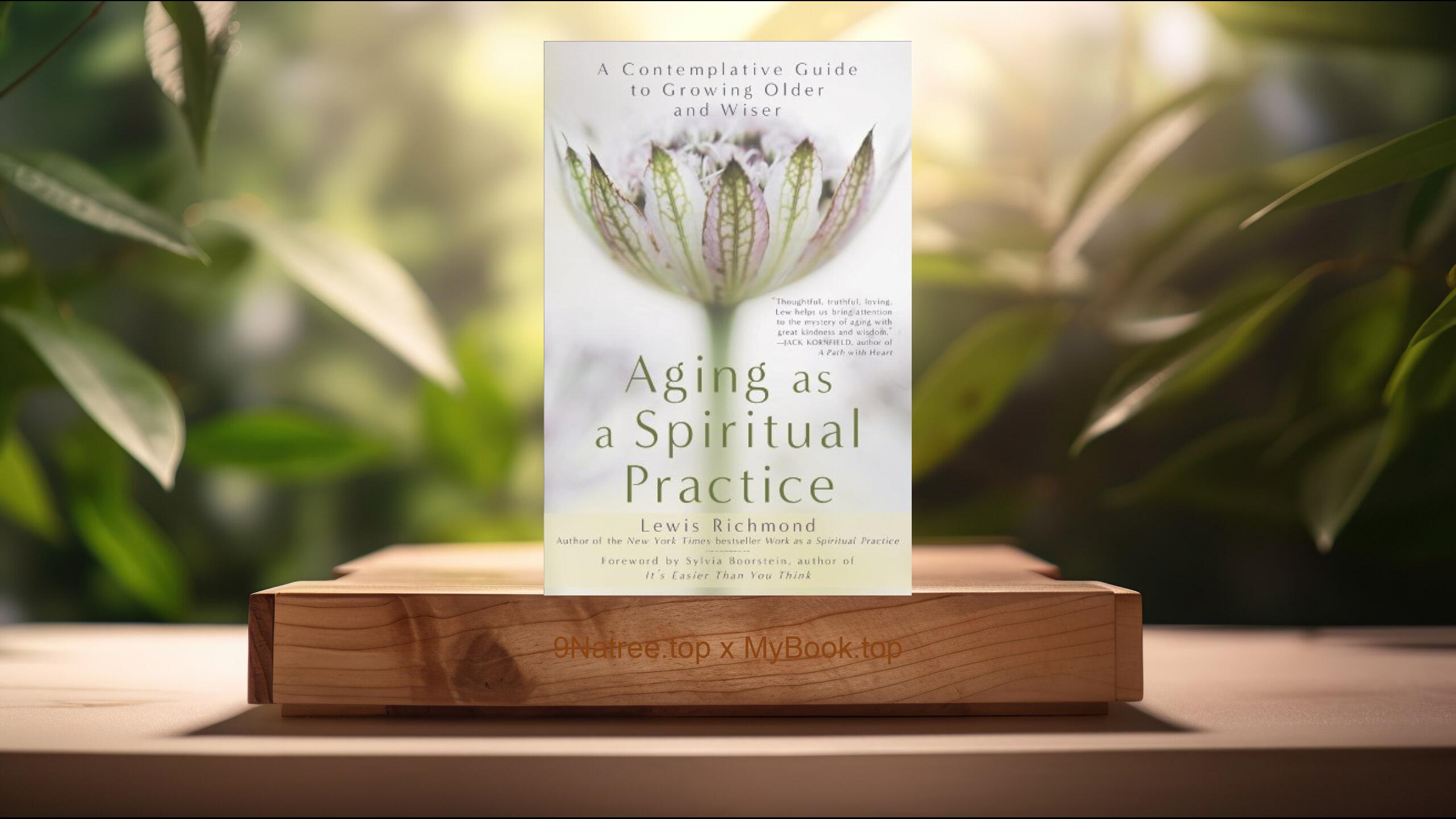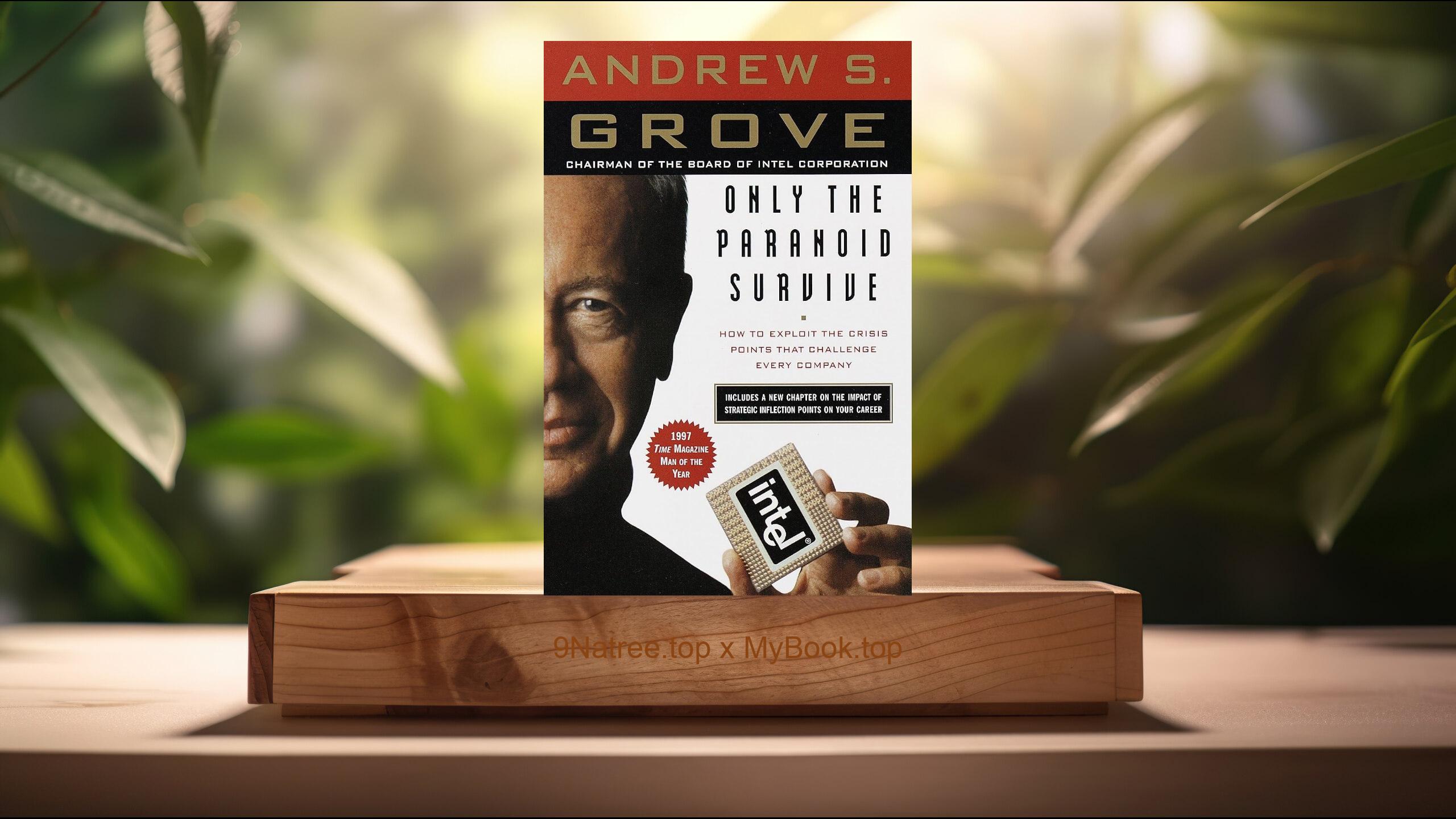Show Notes
Buy on Amazon: https://www.amazon.com/dp/B081K7ZSLZ?tag=9natree-20
Read more: https://mybook.top/read/B081K7ZSLZ/
#worklifebalance #stressmanagement #digitaldetox #mindfulness #productivitymyth #historicalworkculture #restandhealth
These are takeaways from this book.
Firstly, The History of Work and Leisure, Celeste Headlee delves into the historical evolution of work and leisure to lay the foundation for understanding our current crisis of overwork. She traces back to the pre-industrial era when work and life were more intertwined but less invasive, through to the industrial revolution, which introduced the notion of work-time and off-time. Headlee illustrates how, over centuries, societal and technological advancements have led to an increasingly blurred line between work and leisure. This historical context is crucial for readers to grasp how deeply ingrained work has become in our identity and how this affects our ability to truly rest. The section not only serves as an educational journey but also challenges readers to question and re-evaluate their own work-life balance.
Secondly, The Science of Stress and Rest, In one of the most enlightening sections of the book, Headlee explores the science behind stress, rest, and their effects on our physical and mental health. She discusses numerous studies and psychological theories to explain why human beings need rest, the types of rest, and how the current cult of productivity directly undermines our health. Headlee details how chronic stress from overwork can lead to a myriad of health issues, from heart disease to depression, and highlights the rejuvenating power of rest. This discussion is pivotal in making the case for doing nothing and underscores the dangers of continuing on our current path. Through this exploration, readers are given a scientifically grounded rationale to start incorporating more rest into their lives, making it a compelling argument for change.
Thirdly, Technology and the Always-On Culture, Celeste Headlee addresses the role of technology in perpetuating the culture of constant work and availability. She sheds light on how smartphones, email, and social media have created an expectation to be always on, blurring the lines between work time and personal time even further. This segment examines the psychological tricks and tools that tech companies use to keep us engaged and the addictive nature of digital platforms. Headlee argues that our digital habits are not just personal choices but are shaped by a sophisticated system designed to capture our time and attention at the expense of our well-being. She provides practical advice on setting boundaries with technology to help readers reclaim control over their time and focus, emphasizing the importance of disconnecting intentionally to foster mental health and productivity.
Fourthly, The Art of Doing Nothing, This crucial part of the book outlines what 'doing nothing' truly means and how it can be implemented into our daily lives. Headlee explains that doing nothing is not about laziness or shirking responsibilities but is an intentional practice of rest and disengagement from the compulsive productivity mindset. She offers various strategies for incorporating periods of inactivity into our routine, such as mindfulness, spending time in nature, and pursuing hobbies without a goal of achievement. By illustrating the benefits and techniques of doing nothing, Headlee empowers readers to start embracing idleness not as wasted time, but as a vital component of a balanced and fulfilling life.
Lastly, Creating a Balanced Life, Towards the end of 'Do Nothing,' Celeste Headlee provides a compelling framework for reevaluating our priorities and restructuring our lives to allow for meaningful rest and leisure. She draws on insights from previous sections to guide readers in establishing boundaries, understanding the value of time, and cultivating a mindset that celebrates rest as much as work. Through practical examples and achievable steps, Headlee shows how to move from overworking and underliving to a life where work and rest coexist harmoniously. This section not only offers hope and inspiration but also serves as a practical guide for readers longing for a more balanced and enriching life.
In conclusion, ‘Do Nothing’ by Celeste Headlee is a must-read for anyone feeling trapped in the ceaseless cycle of work and seeking a way out towards a more balanced, fulfilling life. The book is particularly beneficial for people who struggle with setting boundaries between their professional and personal lives and those looking to reclaim time for leisure and rest. Through historical insight, scientific evidence, and practical advice, Headlee presents a compelling case for the radical act of doing nothing. Not only does the book inspire readers to examine their own lives and the societal norms that define success and productivity, but it also provides actionable steps to make substantial changes. In an age where burnout is rampant, 'Do Nothing' serves as a lifeline, offering hope and methodology for a healthier, happier way of living.
![[Review] Do Nothing: How to Break Away from Overworking, Overdoing, and Underliving (Celeste Headlee) Summarized](https://episodes.castos.com/660078c6833215-59505987/images/1699878/c1a-085k3-5rvvg4n8sd09-hlq48z.jpg)
